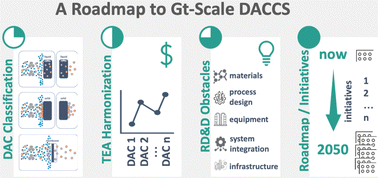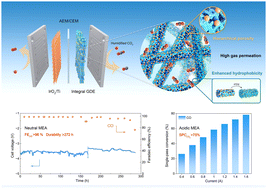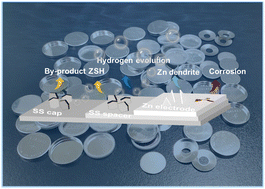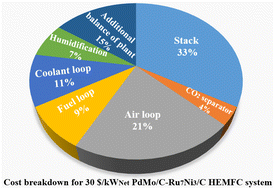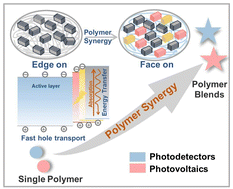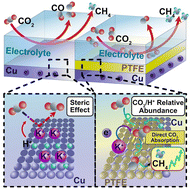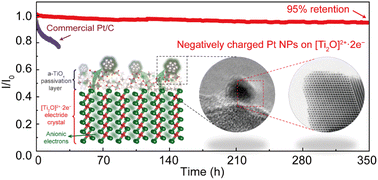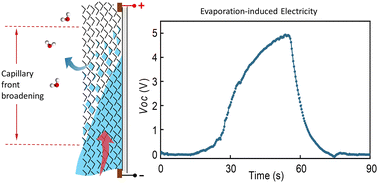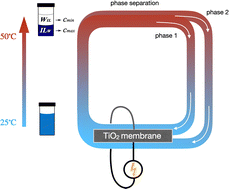Energy Environ. Sci., 2023, 16,4280-4304
DOI: 10.1039/D3EE01008B, Perspective
DOI: 10.1039/D3EE01008B, Perspective
 Open Access
Open Access This article is licensed under a Creative Commons Attribution 3.0 Unported Licence.
This article is licensed under a Creative Commons Attribution 3.0 Unported Licence.Lukas Küng, Silvan Aeschlimann, Charithea Charalambous, Fergus McIlwaine, John Young, Noah Shannon, Karen Strassel, Cara Nichole Maesano, Rudy Kahsar, Daniel Pike, Mijndert van der Spek, Susana Garcia
A roadmap that delineates the major hurdles and essential RD&D actions to enable large-scale DACCS deployment.
The content of this RSS Feed (c) The Royal Society of Chemistry
A roadmap that delineates the major hurdles and essential RD&D actions to enable large-scale DACCS deployment.
The content of this RSS Feed (c) The Royal Society of Chemistry

